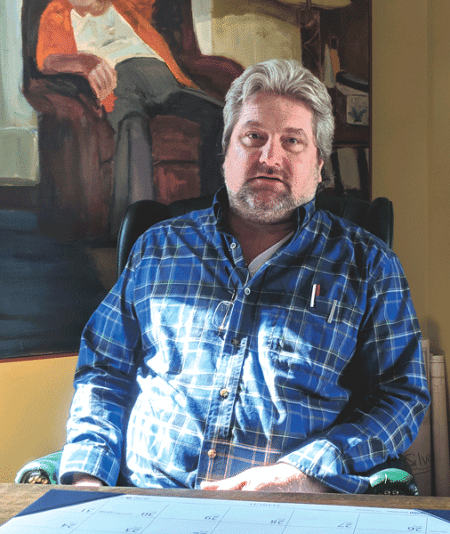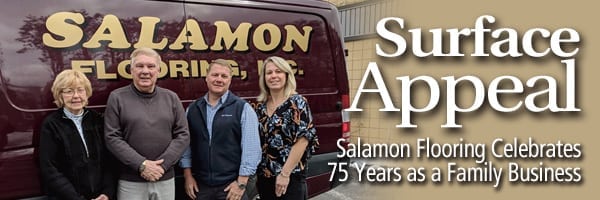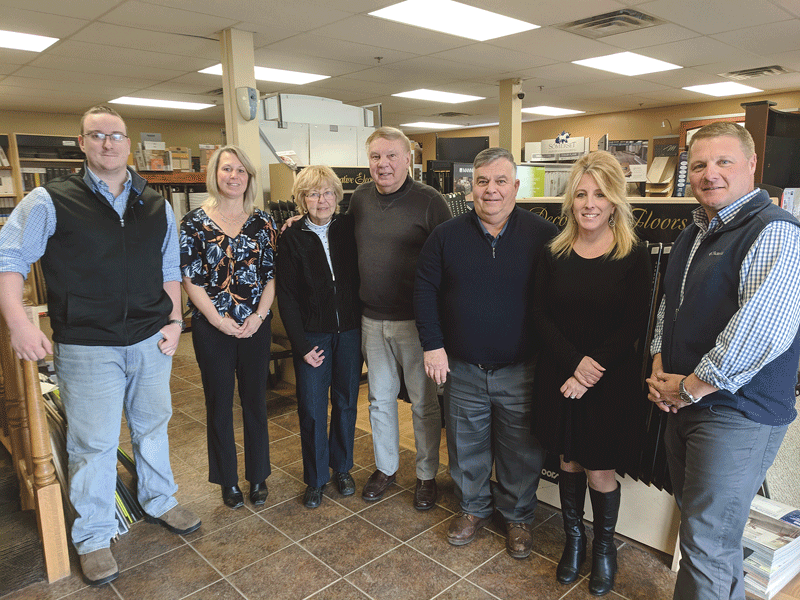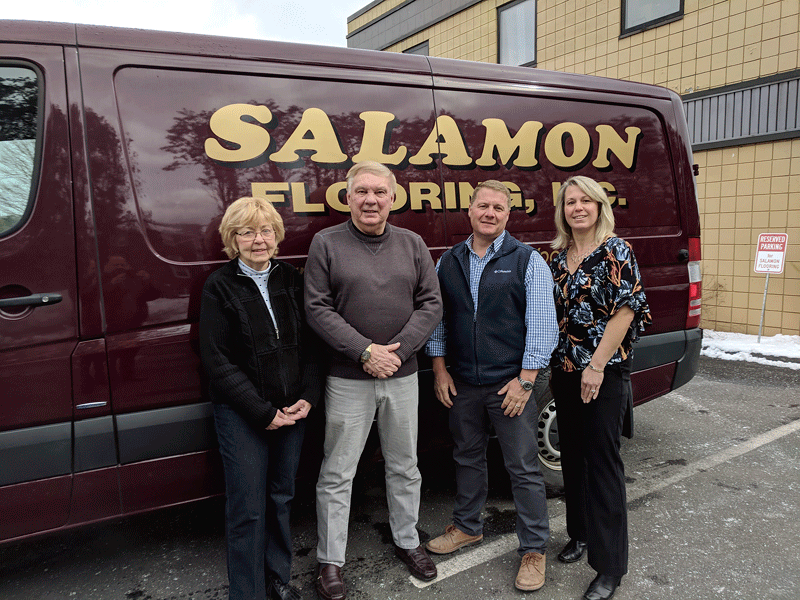This Is a Laughing Matter
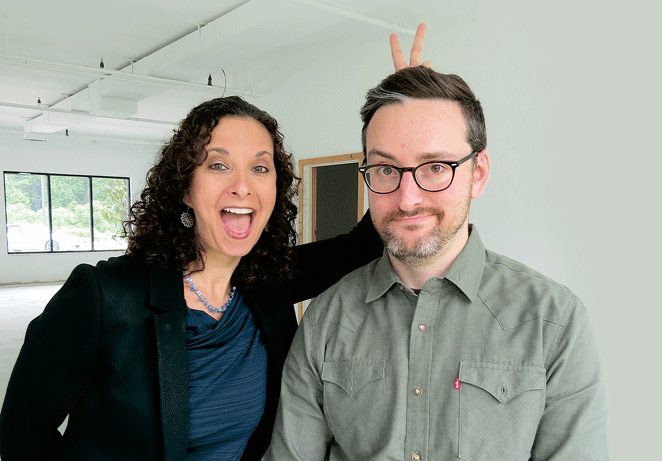
Pam Victor and Scott Braidman will soon open what they believe is the first improv club in Western Mass.
Pam Victor is official president and founder of Happier Valley Comedy, but she prefers the title ‘head of happiness.’ It’s effective, and she likes it, and as the founder, she said picking her title is one of the rewards of her job. The far bigger reward, though, is changing people’s lives — just as hers was changed — through improvisation.
Pam Victor refers to it affectionately as simply ‘the experiment,’ or, more formally, the ‘can-I-make-a-living-doing-what-I-love experiment.’
It was undertaken back in the summer of 2014, and the premise was pretty simple. Victor was going to see if she could make $16,000 a year — the poverty level for a family of two back then — through a business based on improvisation.
She was confident — well, sort of — that she would meet or surpass that threshold, but at the start, she was already thinking about the great blog post she would have if she didn’t.
“‘An artist can’t even break the poverty line,’ or something like that, is what I would have written,” Victor recalled, adding that she never had to submit that blog post, because she greatly exceeded her goal by teaching improvisation and using it to help professionals and others achieve any number of goals, including one she calls the ability to “disempower failure,” which we’ll hear more about later.
Today, that nonprofit business Victor started, called Happier Valley Comedy, continues to grow while carrying out a simple mission — “to bring laughter, joy, and ease to Western Massachusetts (and the world).”
It does this through three business divisions:
• Classes in improvisation. Victor started with one, and there are now eight a week, and there’s a waiting list for some of them;
• Comedy shows, such as the one on June 9 at the Northampton Center for the Arts, featuring the Ha-Has, the comedy group Victor started; and
• Personal and professional growth through use of improvisation, what the company calls its ‘Through Laughter’ program. Victor and her team visit companies, groups, and professional organizations and undertake exercises — usually highly interactive in nature — designed to help bolster everything from confidence levels to communication to team building.
It’s not what many people think of when they hear ‘improv’ — people taking to the podium and talking off the cuff (stand-up comedy) or even some of those other things people might conjure up; “we don’t cluck like chickens, and we don’t do ‘trust falls,’” said Victor. People do stand in circles, sometimes, and they do take part in exercises together.
Many of them are designed to address self-confidence and what has come to be known as the ‘impostor syndrome,’ said Victor, adding that this afflicts everyone, not just women, although they often seem especially vulnerable to it.
“I see it in my female colleagues, and I see it stop us from manifesting our successes because we talk ourselves out of success before we even have a chance to get into the ring,” she explained, referring specifically to the voice inside everyone that creates doubt and thoughts of inadequacy.

With its Through Laughter program, Happier Valley visits companies, groups, and organizations and undertakes exercises designed to boost everything from confidence levels to communication to team building.
“The improv exercises help us step into the unknown and step into possibilities,” she went on. “It’s a muscle that we can strengthen, and every time we do it, we strengthen that muscle.”
Meghan Lynch, a principal with the marketing group Six Point Creative, has become a big believer in improv. She was first introduced to it when Victor did a presentation at a women’s leadership group, and Lynch then arranged to have Happier Valley come to her company. There have been several workshops, and as employees are added, Lynch schedules what are known as ‘improv workout sessions.’ Six Point even hires Happier Valley to do improv sessions as the company onboards new clients “to start the relationship off with some momentum,” as she put it.
All three divisions of this business — and the venture as a whole — are set to be taken to a much higher level with the opening of what Victor is sure is the first improv club in Western Mass.
Currently, it has another name — the “dirty vanilla box.” That’s how Victor and business partner Scott Braidman, who takes the twin titles general manager and artistic director, refer to the 1,300-square-foot space being built out at the Mill Valley Commons on Route 9 in Hadley.
There, in a retail center that Victor and Braidman have nicknamed the ‘Play Plaza’ — there’s also a tavern, an Irish dance center, a kung fu studio, and an outfit that grows coral at that location — the partners are outfitting space into classrooms and a performing area with 70 seats.
“This is the answer to a dream, really,” said Braidman as he walked within the space, noting that this will be the first improv club in Massachusetts outside of Boston, and it will enable him to meet a long-time goal of doing essentially what Victor has been doing — making improv a career.
For this issue, BusinessWest talked with Victor and Braidman about their venture, which is, indeed, a laughing matter — and also a very unique enterprise that is changing businesses, and changing lives, through improvisation.
Getting into the Act
As one might expect, Victor, who takes the title ‘head of happiness,’ uses humor early and often to communicate her points.
Consider this response to the question about why she believes her improvisation classes have caught on to the point where there is that waiting list.
“It’s cheaper than therapy,” she deadpanned, adding quickly that, in many ways, that’s not a joke. Her classes — $22 to $25 for each of eight classes — are much, much cheaper than therapy. And from what she’s gathered, they are just as effective, as we’ll see.
Three years or so later with those classes and the other divisions within Happier Valley Comedy, the experiment is more or less ancient history. The matters at hand now are building out that dirty vanilla box and substantially updating the business plan to reflect everything this facility can do for this nonprofit venture.
Before looking ahead, though, to tell this story right, we first need to look back — about 15 years or so, to be exact.
That’s when the clouds parted, as Victor put it in a piece she wrote about her venture for Innovate 413, and “the Great Goddess of Improv locked me in a fierce tractor beam with songs of love and connection.”
Thus began what can be called a career in improv. But things developed very slowly after that.
Victor took one leap of faith, as she called it, when she founded an improv troupe that played mostly in libraries as fundraisers. And she took another one in 2012 when she summoned the courage to spend five weeks in Chicago studying at the mecca of longform improv, the iO Theater.
She took a third leap, perhaps the biggest, a few years later, when, after the son she had homeschooled for 10 years went off to college, she waged that aforementioned experiment.
“I tried everything,” Victor said when recalling the early days and her efforts to promote improv and its many benefits. “Classes, writing about it, doing corporate-training workshops, speeches — anything I could do, I tried. And sure enough, it worked out.”
By that, she meant that after six months, not a year, she had passed that $16,000 threshold and, more importantly, had gained the confidence to launch a business, officially a 501(c)(3) nonprofit, that would be called Happier Valley Comedy.
“It was one of those experiences where not thinking about the impossibility of it was quite advantageous,” said Victor, using more humor as she put into perspective the experience of launching a business based on improv in a region that was essentially an improv desert. “Ignorance is power in some ways.”
In the beginning, she started with one set of classes — titled “The Zen of Improv” — and doubts about just how many there could eventually be.
“I thought I had run out of the number of people who were interested in taking improvisation in the Pioneer Valley — those 12 people,” she said, adding that some of those original students signed up for more, and, to her surprise, there were many more people willing to take seats than she imagined.
Why? Maybe because it is cheaper than therapy, she told BusinessWest, adding that few of her students actually want to perform improv. They sign up because the sessions are fun and they give participants a chance to experience what Victor calls “the true meaning of community.”
“People seem to find that the classes have a great deal of impact outside of the classroom as well,” she explained. “People regularly tell me that improv has changed their life, and that’s a good feeling. It’s a fantastic community of people, and you get to make a whole bunch of new friends, which is rare as an adult.
“Improv is a team sport,” she went on. “We’re seeking joy, we’re seeking ease, and we’re also seeking how to make our scene partners look good; people learn how to be of service to each other and to the moment, so there’s a lot of mindfulness to it as well.”
As Victor and her team would discover, these improv classes were not only popular and effective, but demographically unique within the improv world in that they were and still are dominated by middle-aged professional women and not the younger men that are the norm.
“We’re the unicorn of improv, or Wonder Woman’s island,” said Victor, adding that she’s not really sure why her classes take on this demographic shape, but she’s clearly proud and quite happy that she doesn’t have the problem most other improv groups have — attracting women.
She would, however, like to attract more men … but that’s another story.
Grin and Bear It
As for the Through Laughter division of the company, it has also enjoyed steady growth, said Victor, adding that Happier Valley Comedy uses improv within that broad realm of personal and professional development to improve people’s lives at home and in the workplace.
And this aspect of her business takes on a number of forms, she said, citing, as just one example, an interactive presentation she’s done with groups such as the Women Business Owners Alliance called “Meet Your Evil Eye Meanie: How the Voice of Unhelpful Judgment Is Getting in Your Way.”
It uses improv exercises and humorous stories to help women identify and disempower their fear-based internal critical voice in order for them better manifest their professional dreams.
“As my comedy hero Tina Fey says, ‘confidence is 10% hard work and 90% delusion,” she noted. “The primary focus of my job is to help people quiet their voices of unhelpful judgment and get to the ‘delusion’ that leads to success.”
And with that, she again referenced the ‘impostor syndrome.’ In her efforts to help people address it, Victor has actually put a name to the problem, or at least to the voice inside people that causes all the trouble.

Pam Victor says improv is cheaper than therapy — and arguably a lot more fun.
“We call him ‘Calvin’ — that’s a random name; that’s the voice inside our head that is our evil critic. It’s the voice that’s constantly in our head conjugating ‘to suck’ — as in ‘I suck at this,’ or ‘you suck at this’ — it’s that super-judgmental voice,” she said, referring to things people say to themselves, out loud or under their breath.
“I teach people that voice is a liar,” she went on. “And by naming it, that helps to disempower it a little bit or make it a little more manageable, because that voice is never going to go away — that’s human nature; that’s who we are. But we can use some techniques for quieting it.”
These are improv exercises, she went on, adding that they are designed to address that impostor syndrome and the accompanying fears and doubts and be that team sport she described earlier.
She’s putting together another presentation, a workshop she’s titled “F*ck Your Fear and Trust Your Truth,” a name that speaks volumes about what she wants attendees to do — not just that day, but for the rest of their careers and the rest of their lives.
This is a part of a subcategory within the Through Laughter division devoted to personal growth and female empowerment, she explained, adding that this workshop is being designed to help women use the skills associated with improv to enable them to quiet their judgmental voices and their inner critic so they amplify their truth and speak their mind.
“This will hopefully help women on all fronts, from their personal life to their professional life,” she noted. “Women in leadership roles can hopefully get better at speaking up for themselves and being heard, even women eyeing political positions — they’re calling this ‘the Year of the Woman.’”
Lynch told BusinessWest that the use of improv has been beneficial to Six Point on many levels. It has given employees there a common vocabulary, she said, including the now-common use of the word ‘triangles.’
Explaining it is quite complicated, said both Lynch and Victor, but a triangle essentially describes a relationship between a group of people, especially employees. There are several triangles within a company, and the actions of a specific employee could impact several such relationships. The goal of triangle-related exercises is to make individuals understand how their movements impact such relationships.
“We’ll often start conversations now with ‘let me tell you about my triangles — these are the pressures I’m experiencing — you tell me about yours, and how do we work together to solve this problem?’” said Lynch. “And it’s been a game changer in terms of creating trust and open communication around those, and that’s just one example of adopting that vocabulary into our day-to-day lives in a way that improves communication.”
Both Victor and Braidman believe Happier Valley will be able to introduce more people to the notion of triangles — and many easier-to-comprehend concepts as well — as they build out that vanilla box into an improv club.
The two had been looking for a site for some time, said Braidman, adding that the nonprofit got a huge boost from the most recent Valley Gives program — $26,000, to be exact — that made creation of this new facility possible.
The location is centrally located, he went on — halfway between Amherst and Northampton and on busy Route 9 — and the space is large enough and flexible enough to host classes, performances, workshops, and more.
If all goes according to plan, he said, classes should start there in late June, and Happier Valley comedy shows will commence in August.
Passion Play
Victor told BusinessWest that Braidman will often give her some good-natured grief about her unofficial titles at Happier Valley Comedy and those assigned to other people as well. ‘Head of happiness’ is just one of hers. “Laugh leader’ is another used on occasion, and there are still others that come into play.
“I have my own business, so I get to make up my own titles,” she explained, adding that this is just one of the perks that comes from conducting that experiment, succeeding with it, and, indeed, making a business doing something she loves.
The bigger perk is changing lives, just as hers was changed, through improvisation.
It’s a reward that takes her well above the poverty line, in every way you can imagine.
George O’Brien can be reached at [email protected]



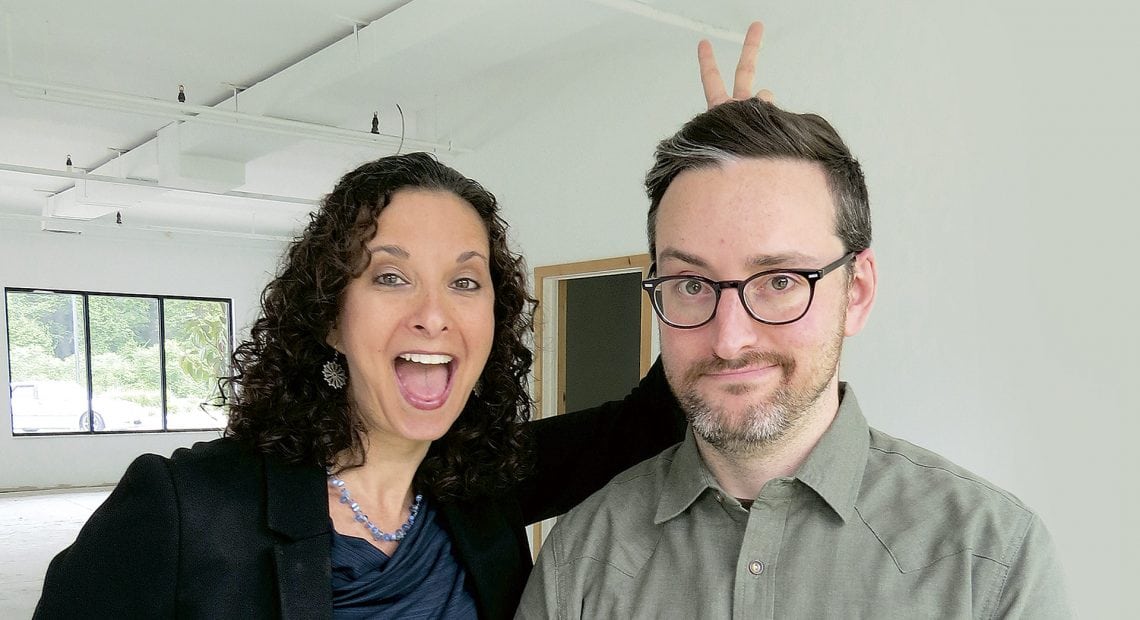


 Recent high-profile issues around free speech in the workplace — from the NFL’s new national-anthem policy to ABC’s blackballing of Roseanne Barr — have elicited much debate in the public square, with the point often made that private-sector employees have no right to free expression. But that’s not exactly true — or, at least, it’s not as black-and-white as some might believe. That fact creates uncertainty for employers, who must balance their own interests with their employees’ very human desire to speak their mind.
Recent high-profile issues around free speech in the workplace — from the NFL’s new national-anthem policy to ABC’s blackballing of Roseanne Barr — have elicited much debate in the public square, with the point often made that private-sector employees have no right to free expression. But that’s not exactly true — or, at least, it’s not as black-and-white as some might believe. That fact creates uncertainty for employers, who must balance their own interests with their employees’ very human desire to speak their mind.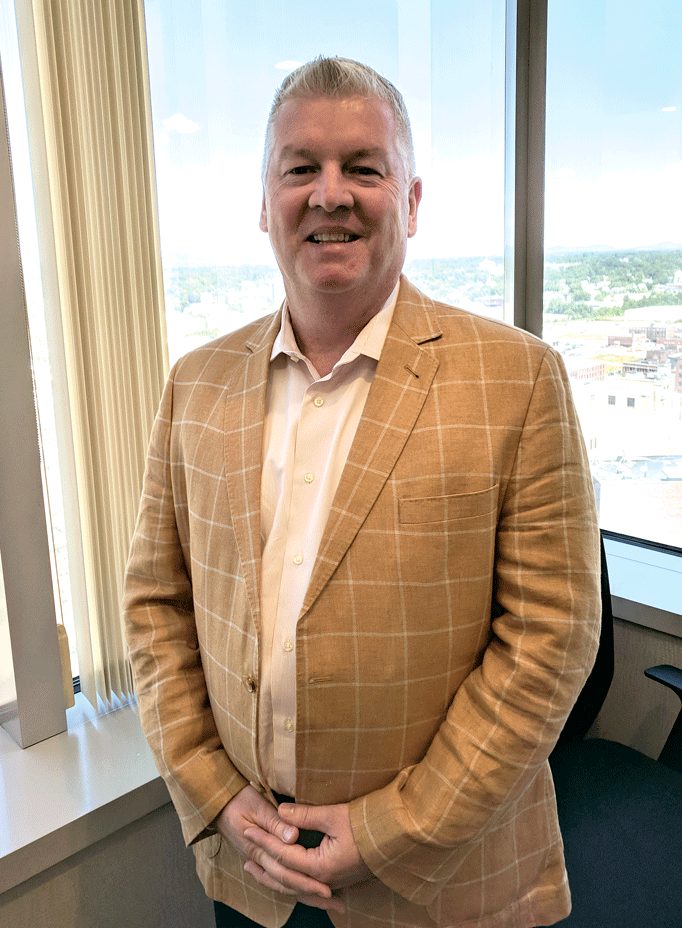
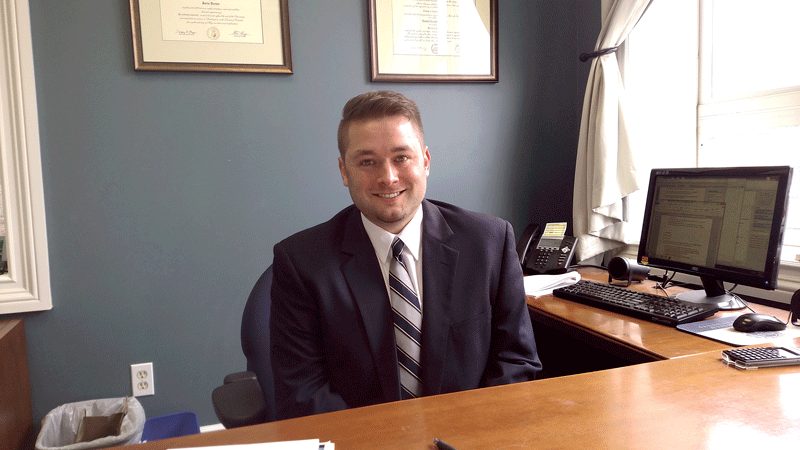
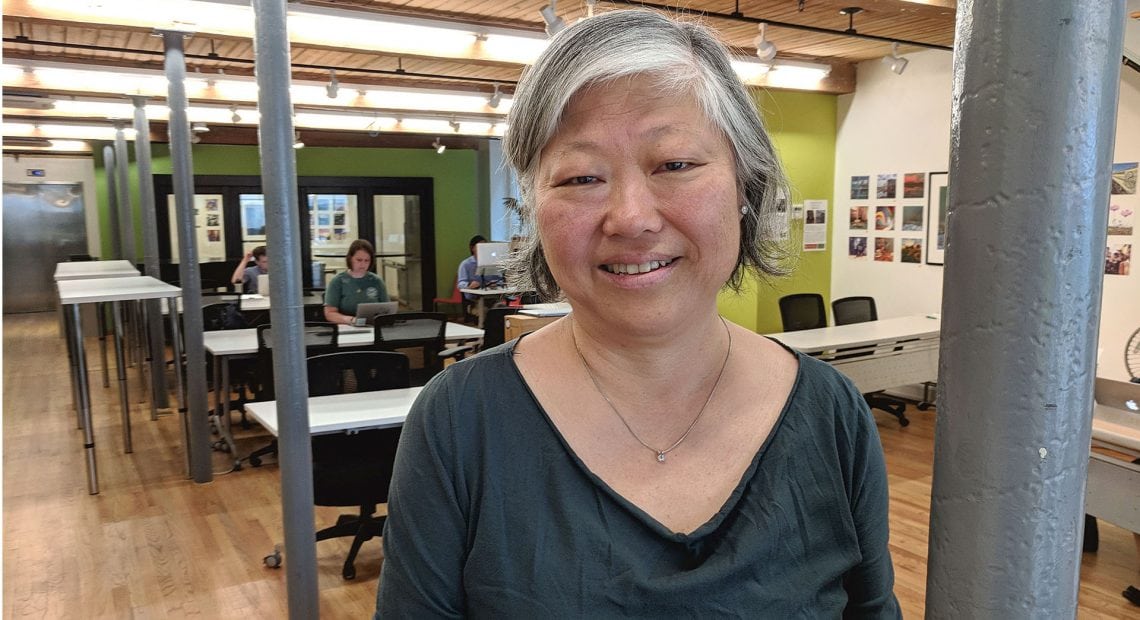
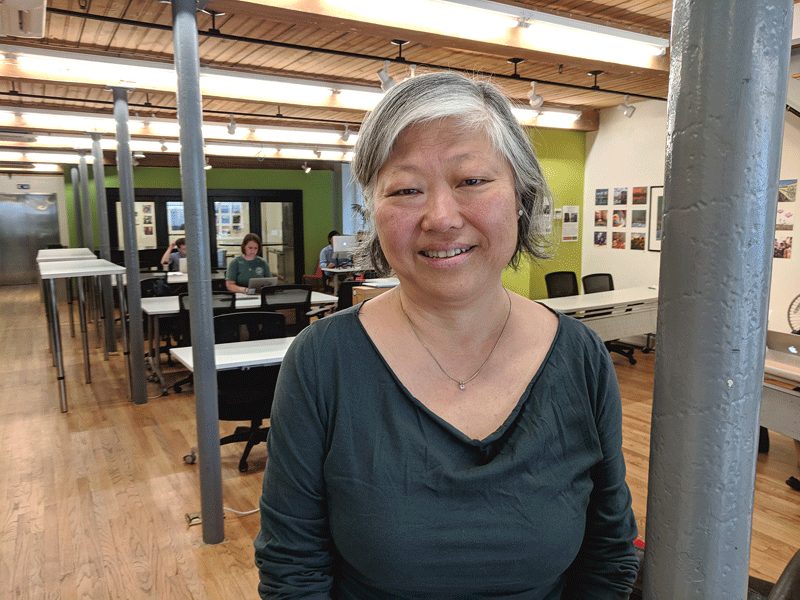

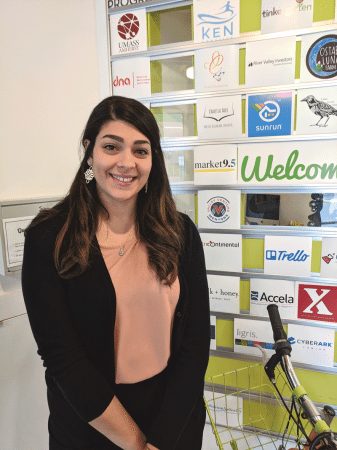

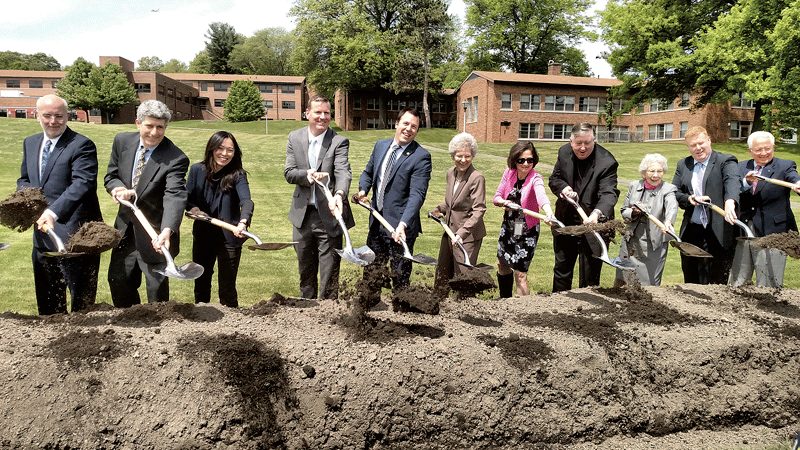

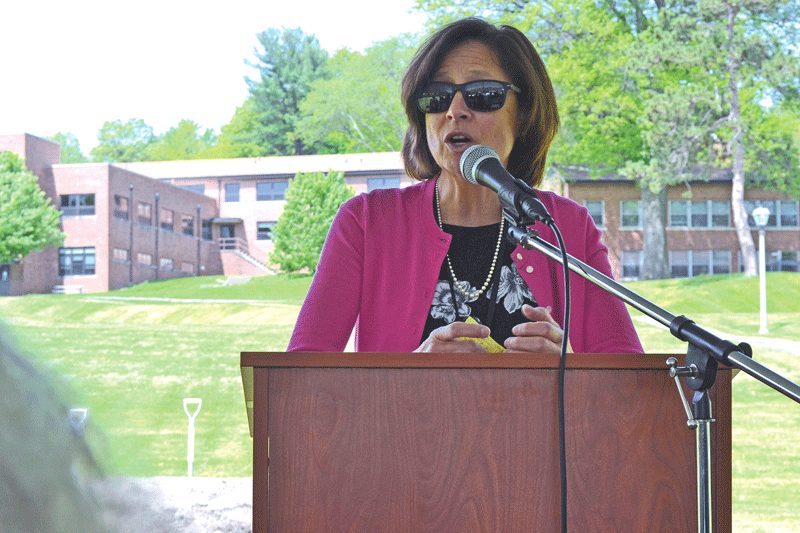
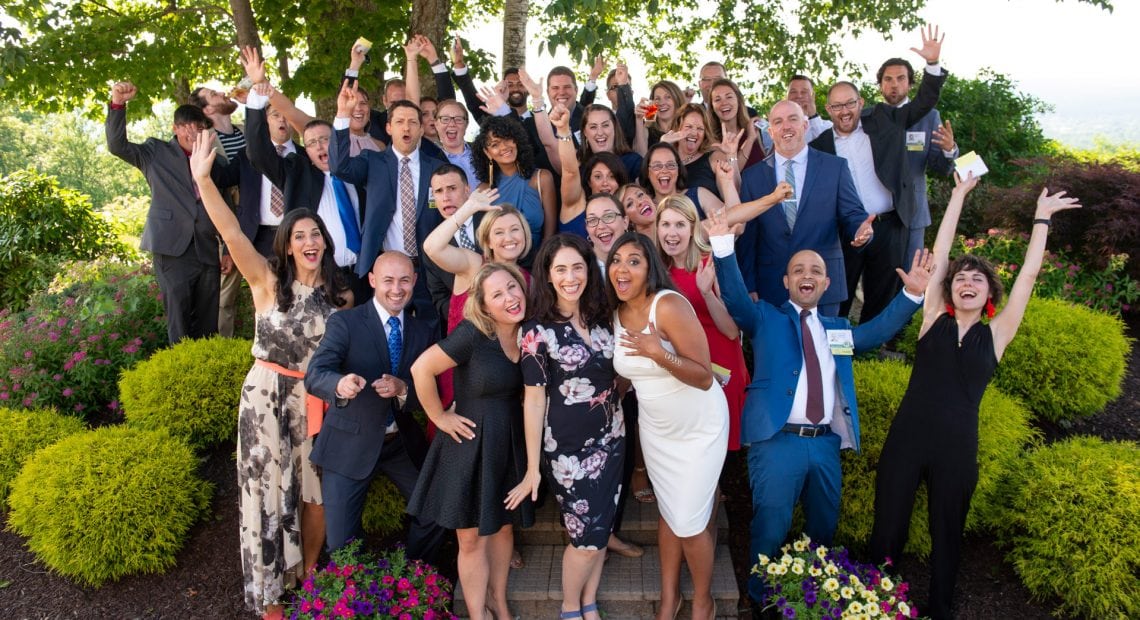
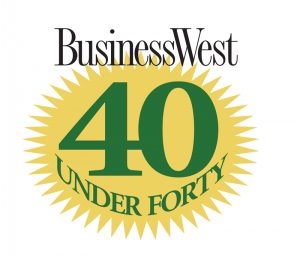 The
The 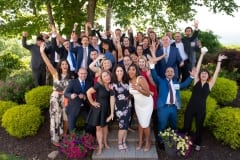
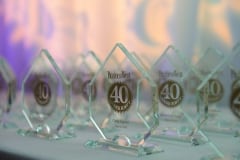

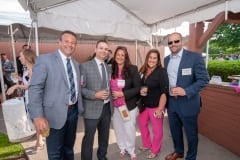

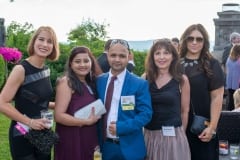

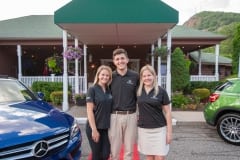


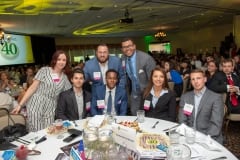
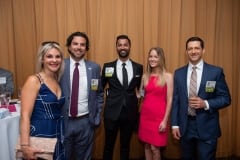

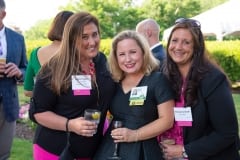
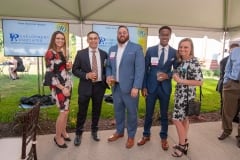








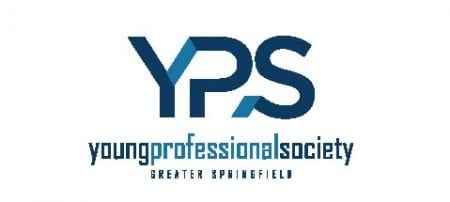





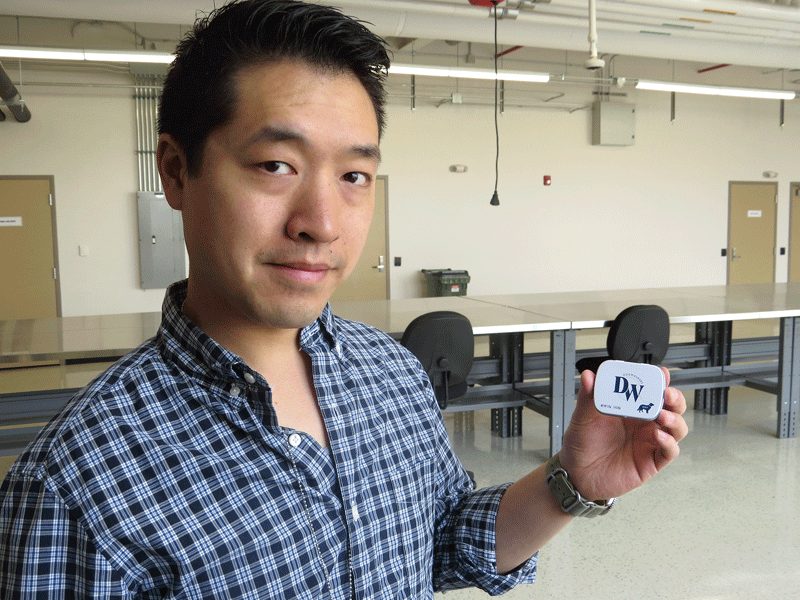



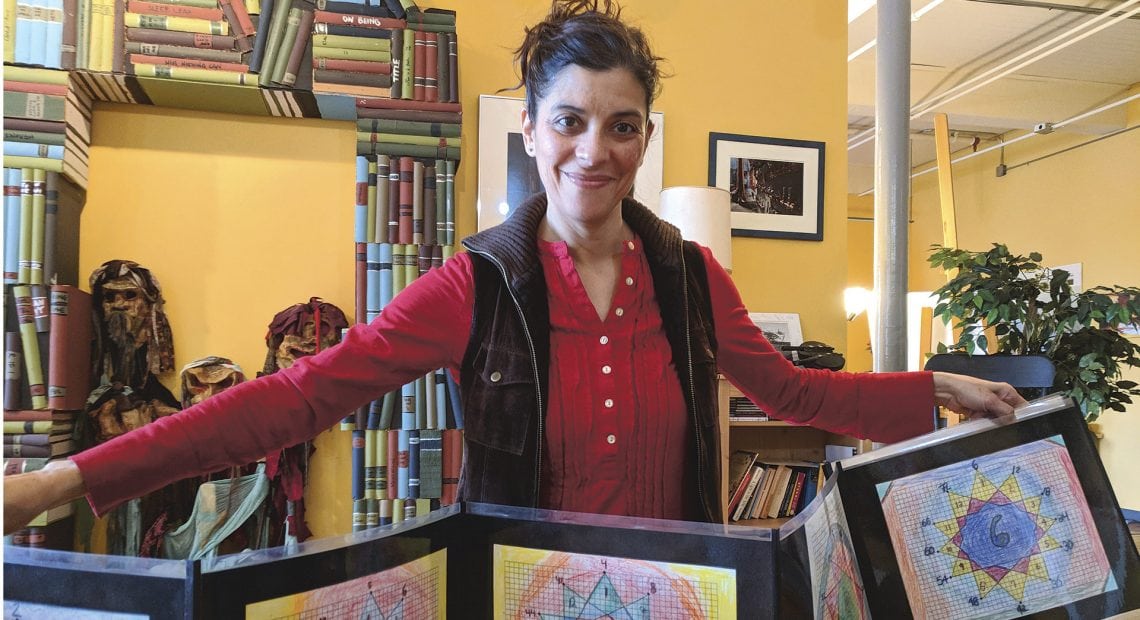


 Vacations are highlights of anyone’s calendar, and summertime is, admittedly, a perfect time to get away. But it’s also a great time to stay at home and enjoy the embarrassment of riches Western Mass. has to offer when it comes to arts and entertainment, cultural experiences, community gatherings, and encounters with nature. From music festivals and agricultural fairs to zoos and water activities — and much more — here is BusinessWest’s annual rundown of some of the region’s outdoor highlights. Have fun!
Vacations are highlights of anyone’s calendar, and summertime is, admittedly, a perfect time to get away. But it’s also a great time to stay at home and enjoy the embarrassment of riches Western Mass. has to offer when it comes to arts and entertainment, cultural experiences, community gatherings, and encounters with nature. From music festivals and agricultural fairs to zoos and water activities — and much more — here is BusinessWest’s annual rundown of some of the region’s outdoor highlights. Have fun! Jacob’s Pillow Dance Festival
Jacob’s Pillow Dance Festival Naismith Memorial Basketball Hall of Fame
Naismith Memorial Basketball Hall of Fame Historic Deerfield
Historic Deerfield The Big E
The Big E
 The region’s bevy of restaurants comprises one of the area’s most intriguing business sectors, one in which there is constant movement, new additions, and exciting stories unfolding. This year is no exception, and BusinessWest captures that movement, that excitement, in its annual Restaurant Guide.
The region’s bevy of restaurants comprises one of the area’s most intriguing business sectors, one in which there is constant movement, new additions, and exciting stories unfolding. This year is no exception, and BusinessWest captures that movement, that excitement, in its annual Restaurant Guide.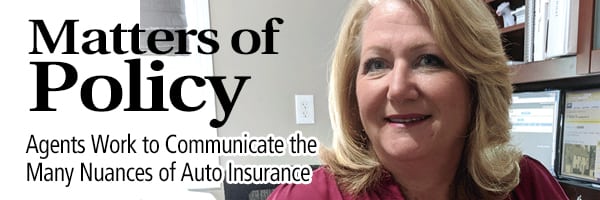
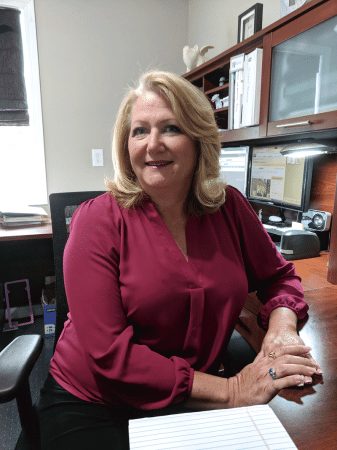
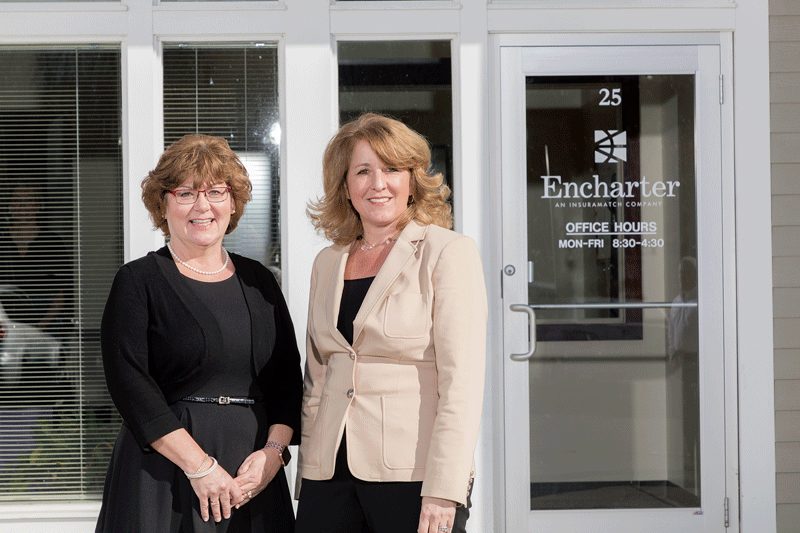

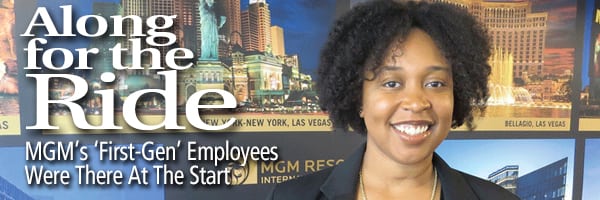






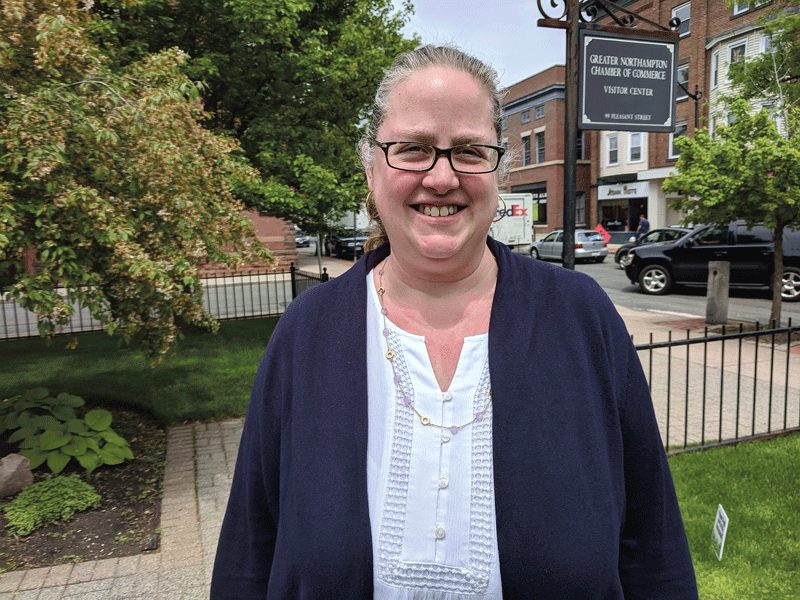

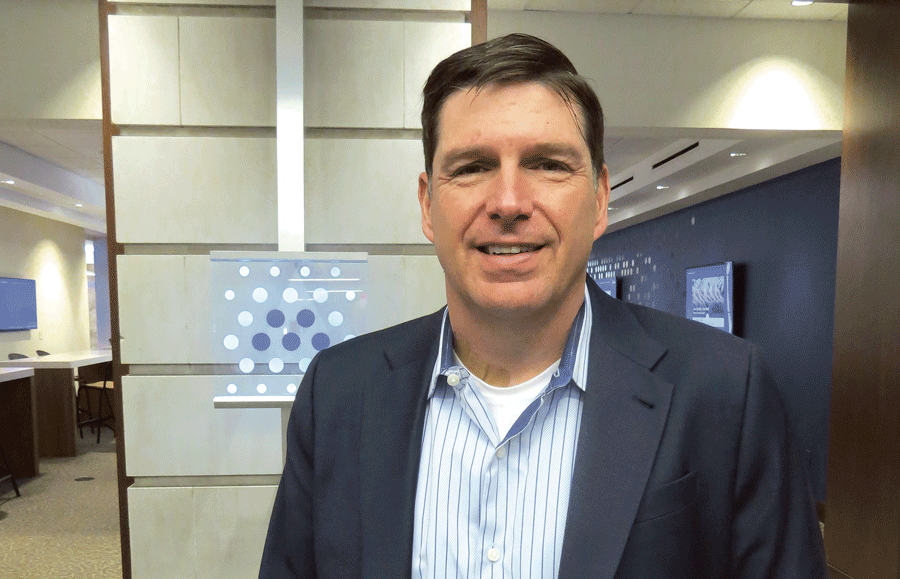
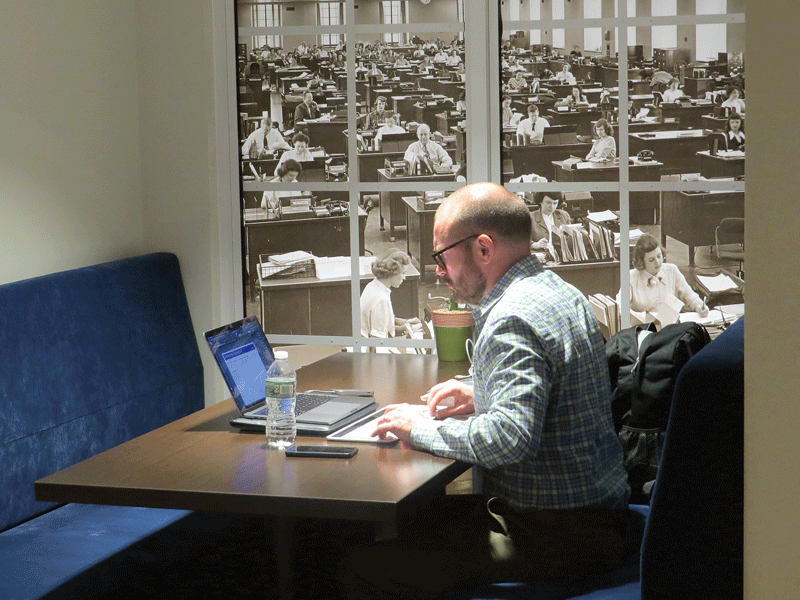


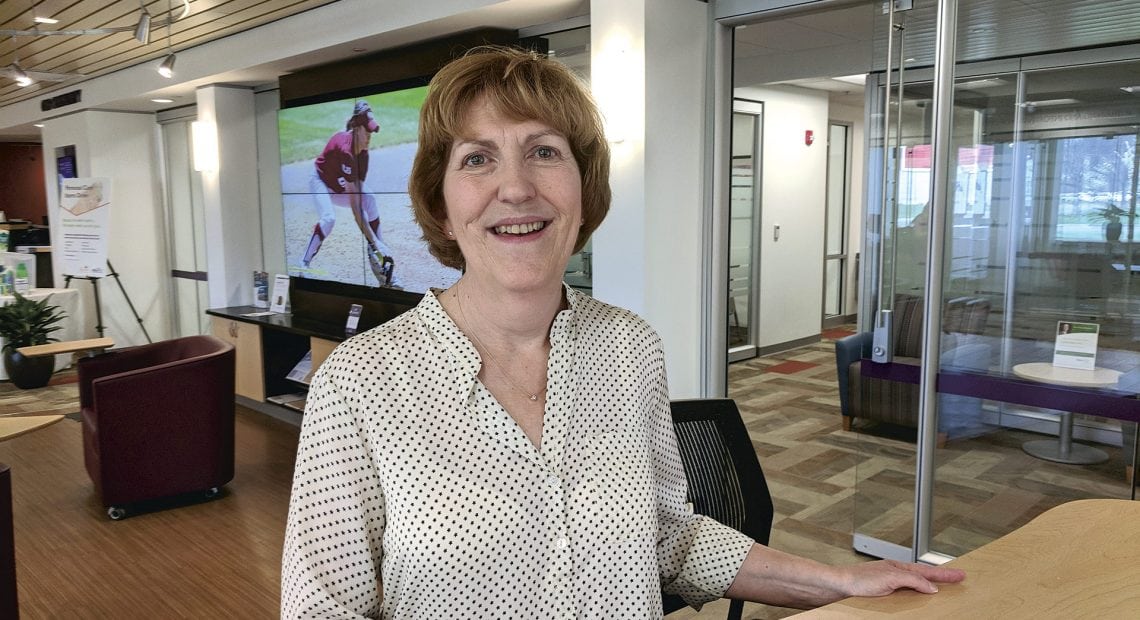

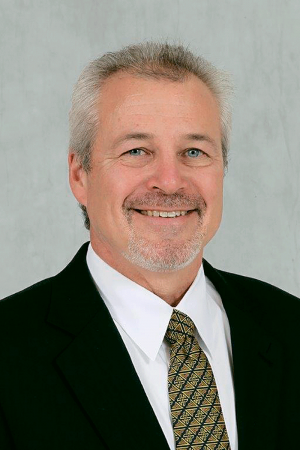
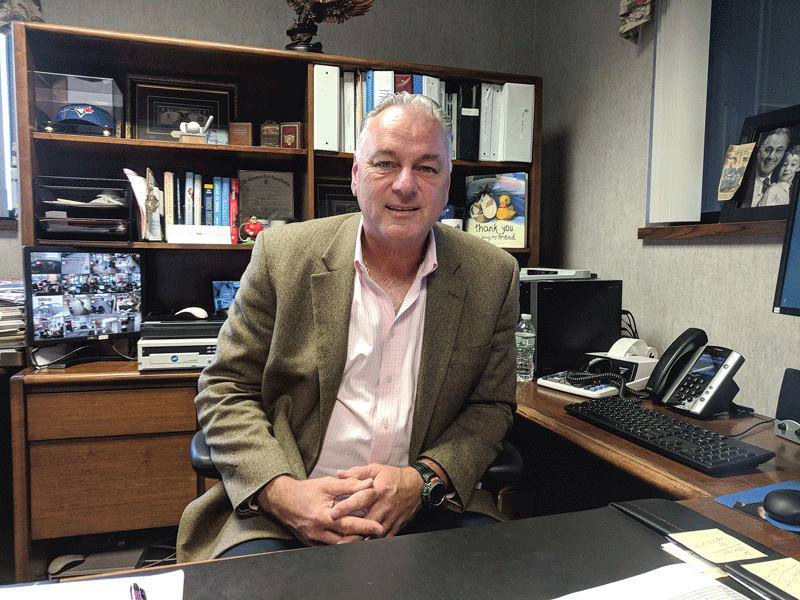
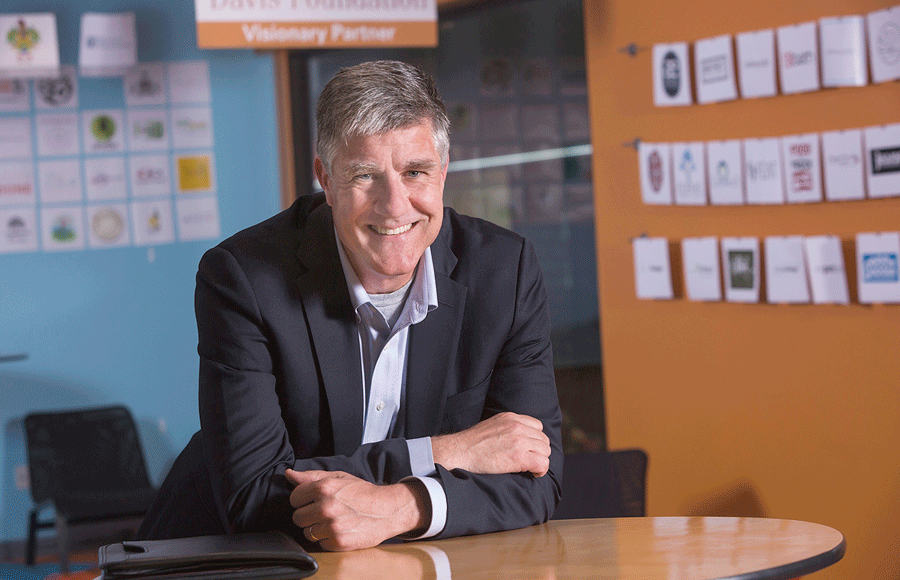
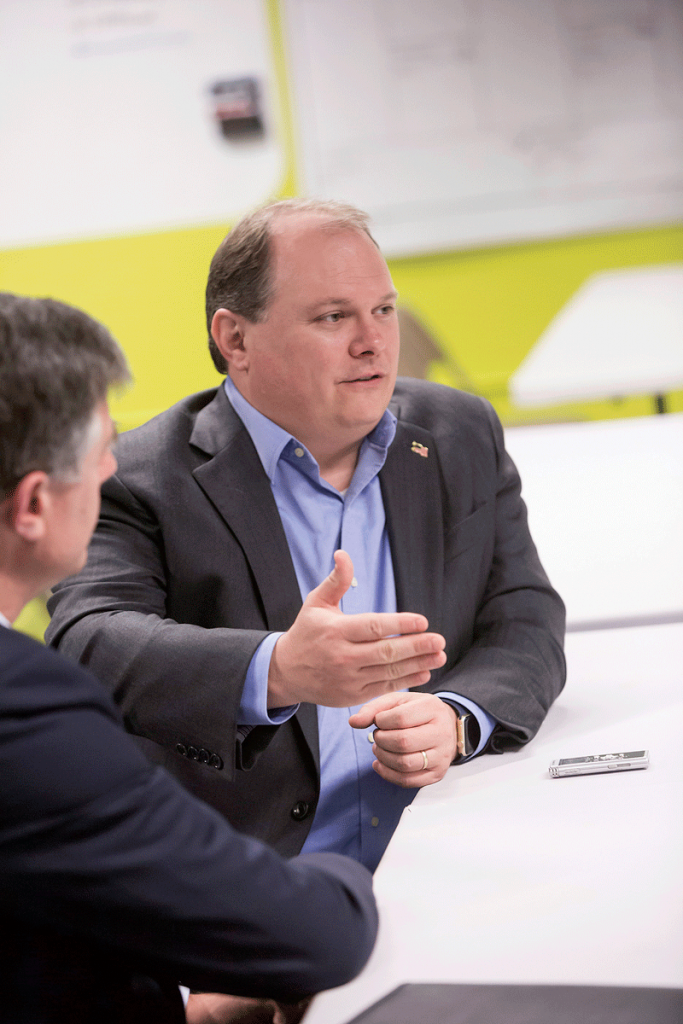
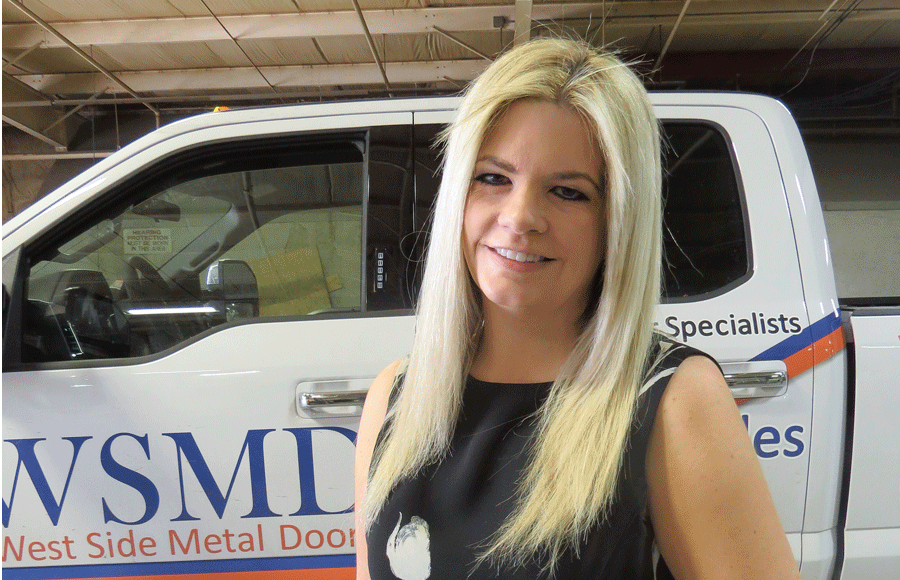

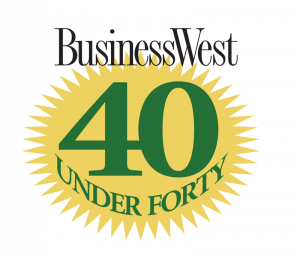 When BusinessWest launched a program in 2007 to honor young professionals in Western Mass. — not only for their career achievements, but for their service to the community — there was little concern that the initial flow of nominations might slow to a trickle years later.
When BusinessWest launched a program in 2007 to honor young professionals in Western Mass. — not only for their career achievements, but for their service to the community — there was little concern that the initial flow of nominations might slow to a trickle years later.















 The nonprofit group
The nonprofit group 

 Markens jokes that he still believes he invented the association-management-company model, even though he’s been told by many that it existed before TMG took over operations of the Paperboard Packaging Council (PPC) in 2008.
Markens jokes that he still believes he invented the association-management-company model, even though he’s been told by many that it existed before TMG took over operations of the Paperboard Packaging Council (PPC) in 2008.








 Two decades ago, people were clamoring to get into the golf business. It was seen as an almost can’t-miss proposition, and individuals and municipalities alike were looking to cash in. Things changed in a hurry, of course, and today, operations are struggling to stay in the black. To do so, they must be imaginative, flexible, and diverse.
Two decades ago, people were clamoring to get into the golf business. It was seen as an almost can’t-miss proposition, and individuals and municipalities alike were looking to cash in. Things changed in a hurry, of course, and today, operations are struggling to stay in the black. To do so, they must be imaginative, flexible, and diverse.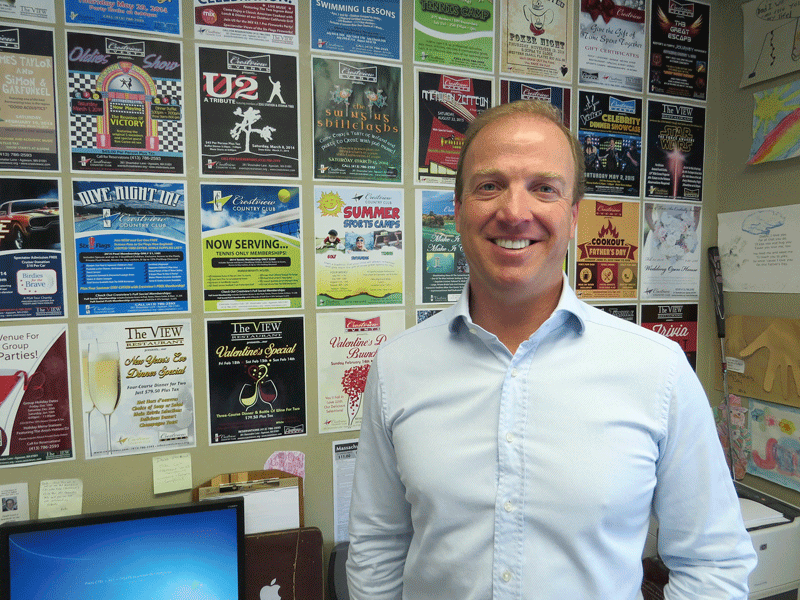


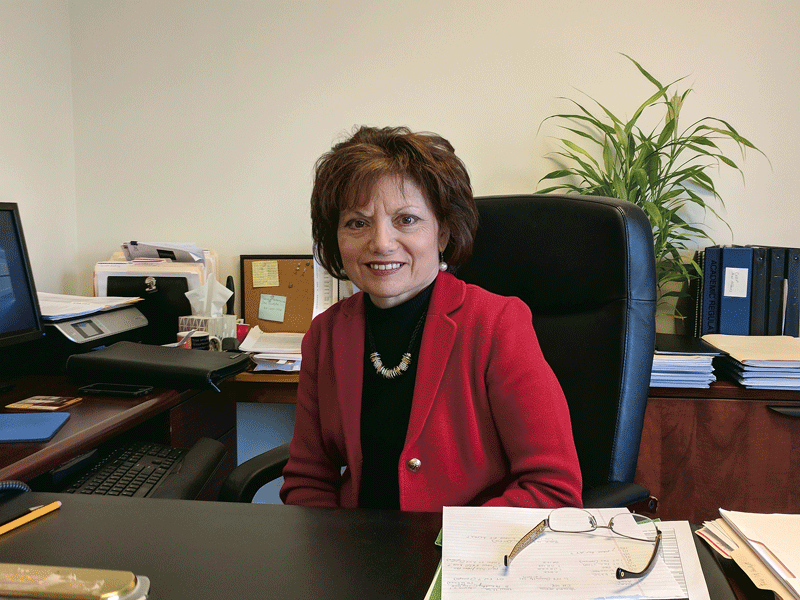
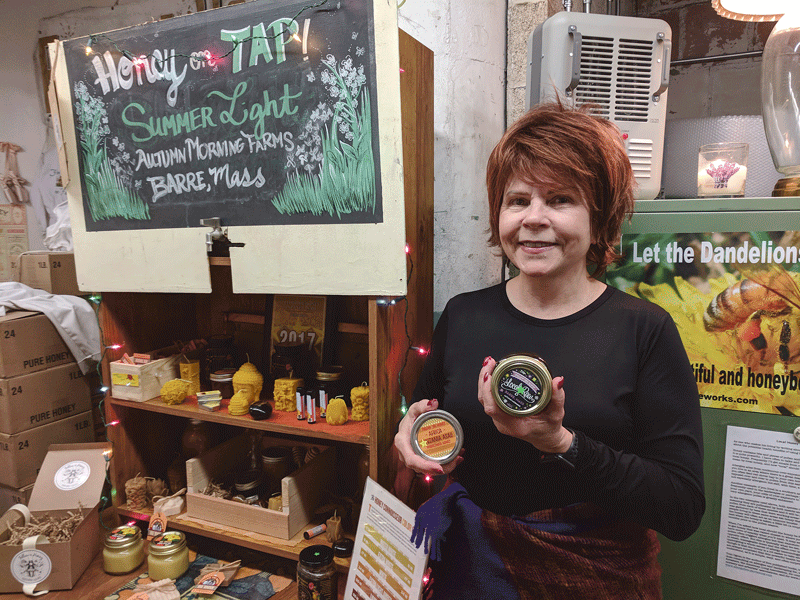




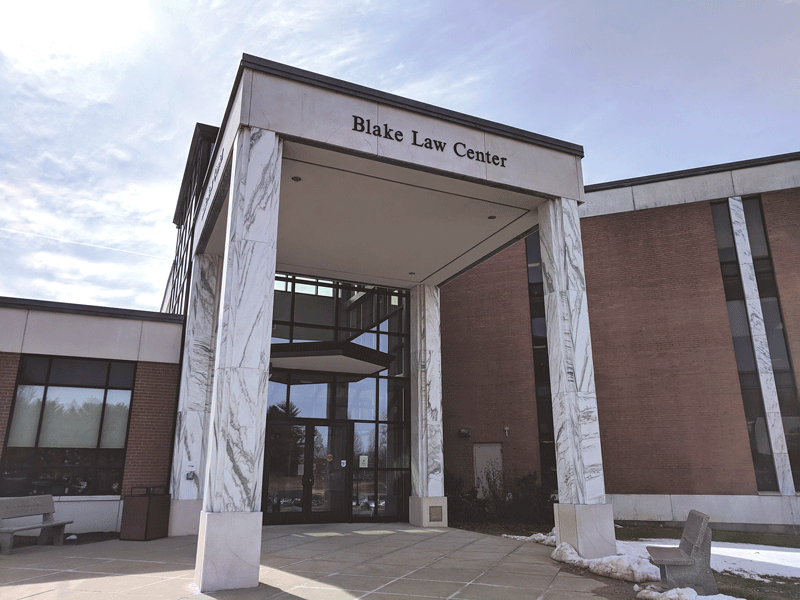

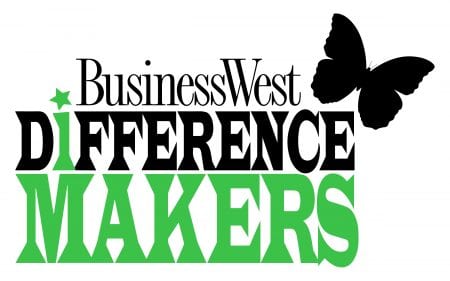

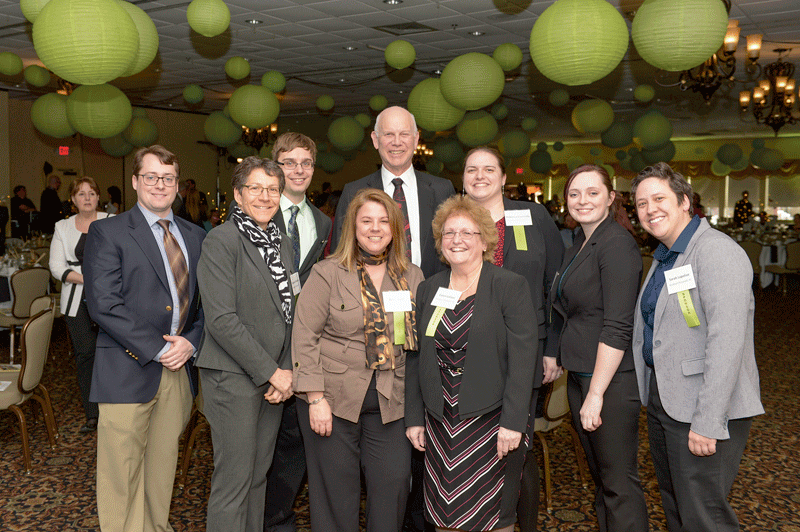
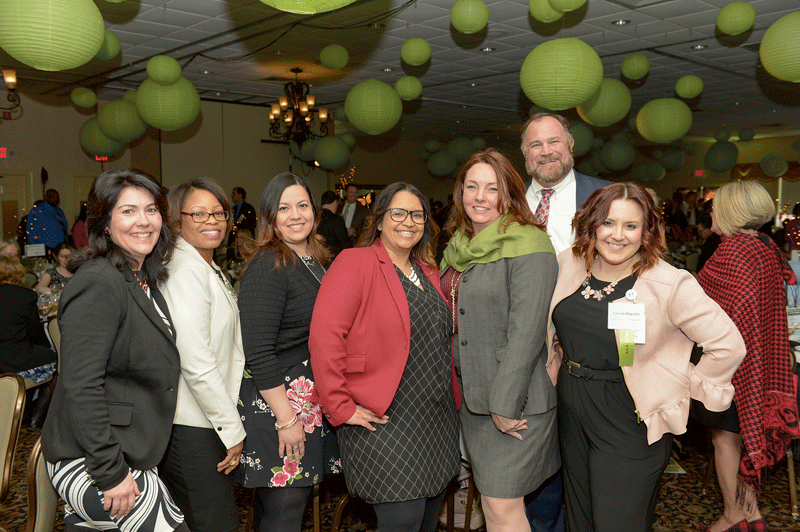

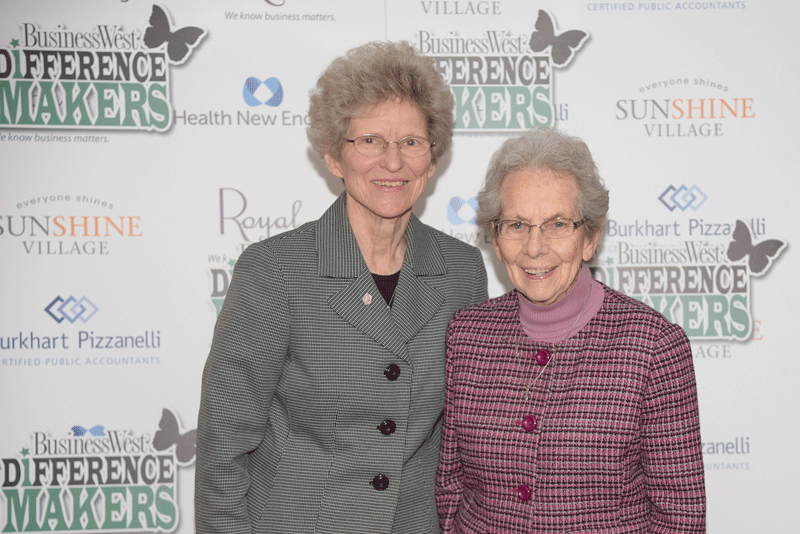
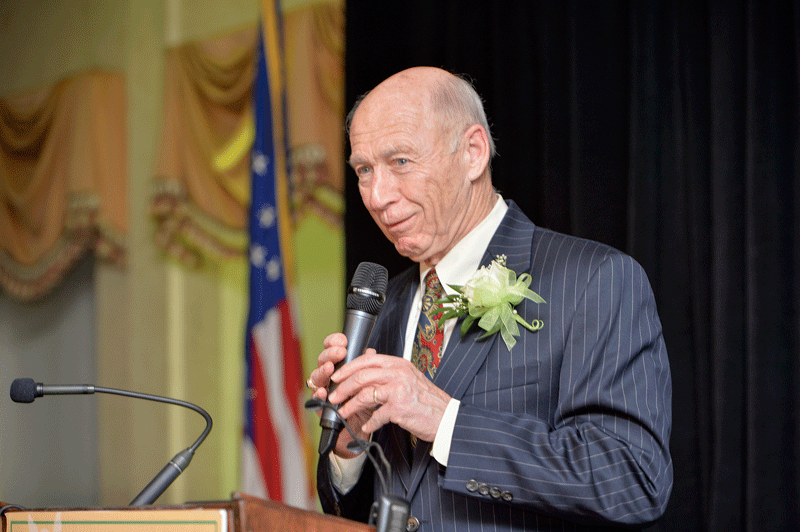

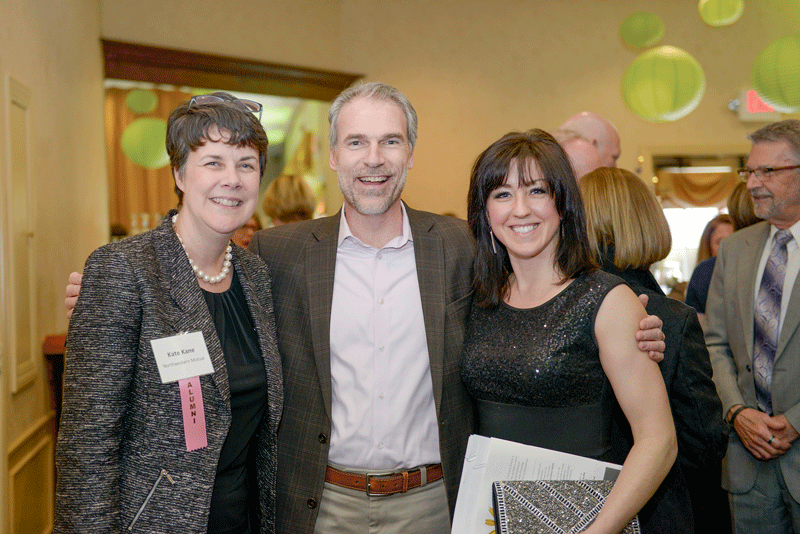

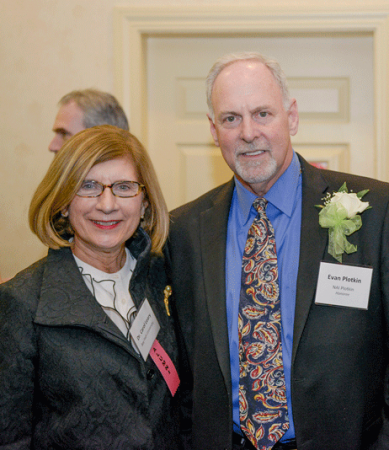


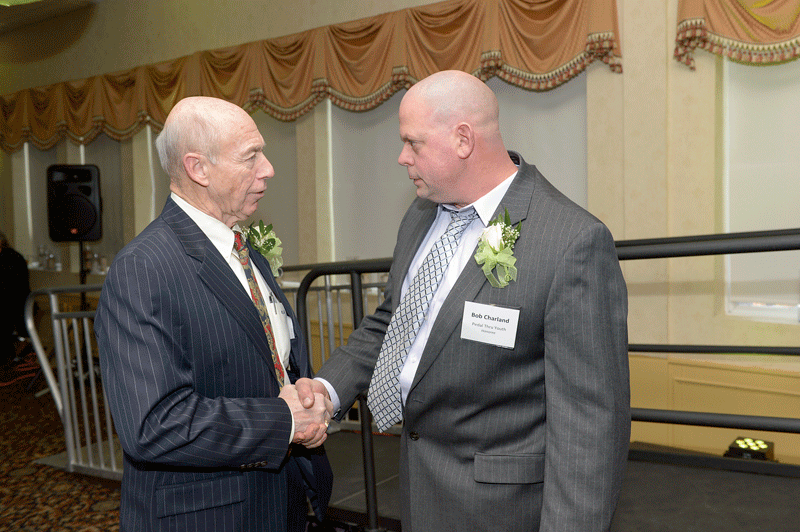



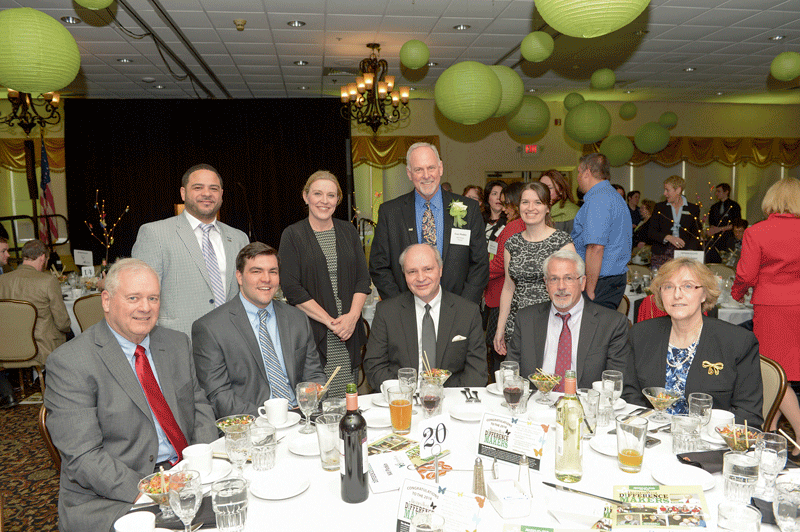
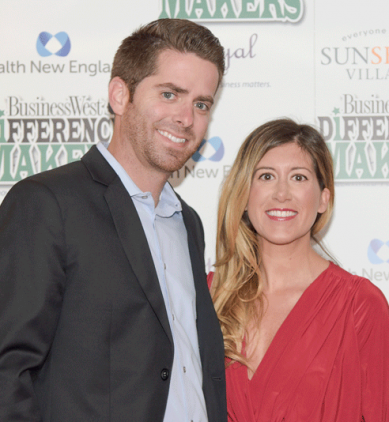

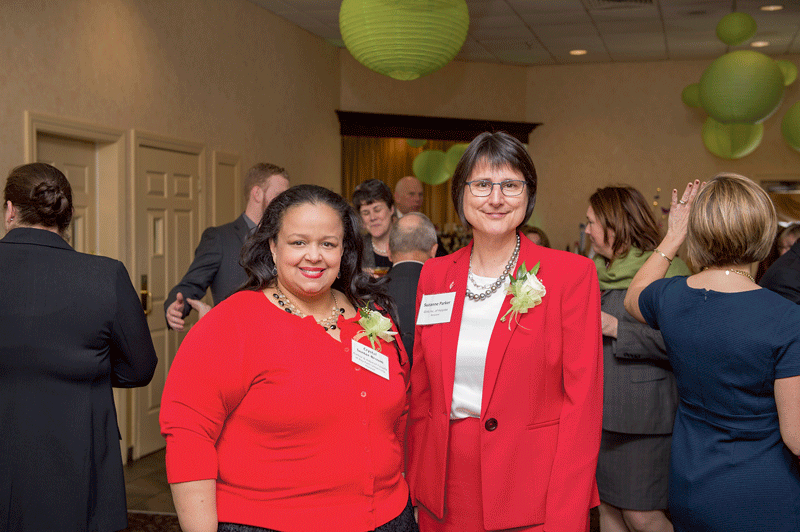
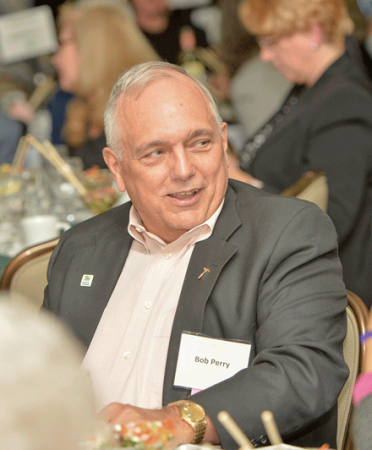

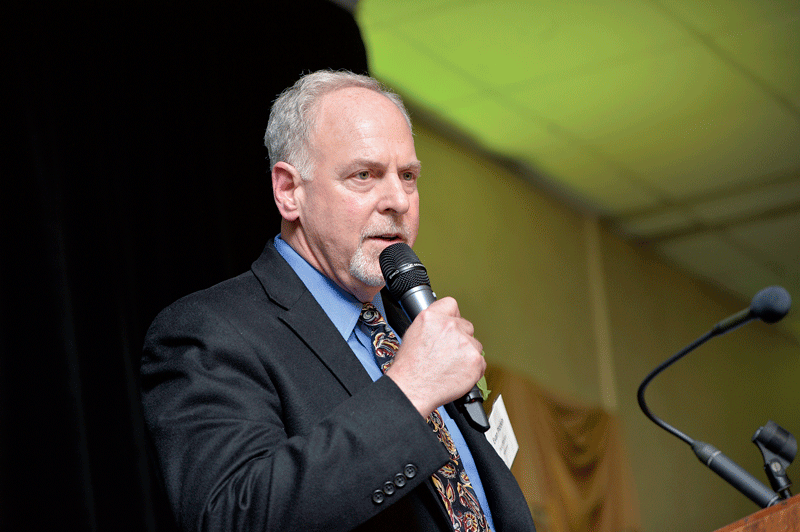

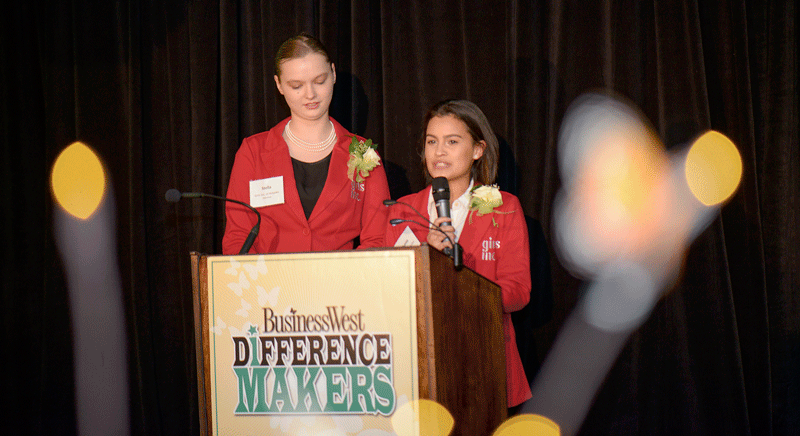
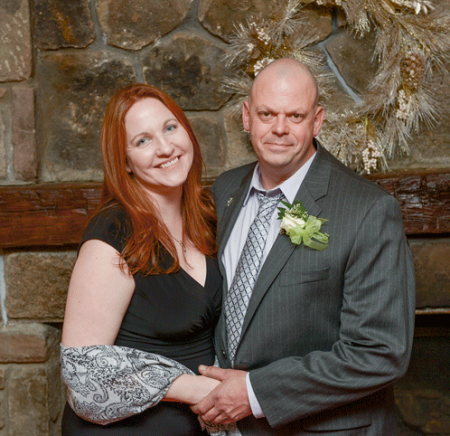



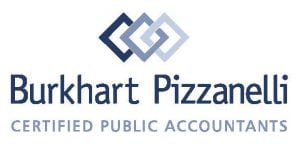


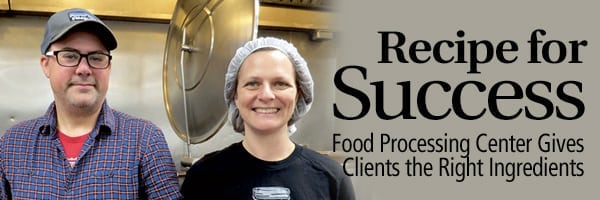

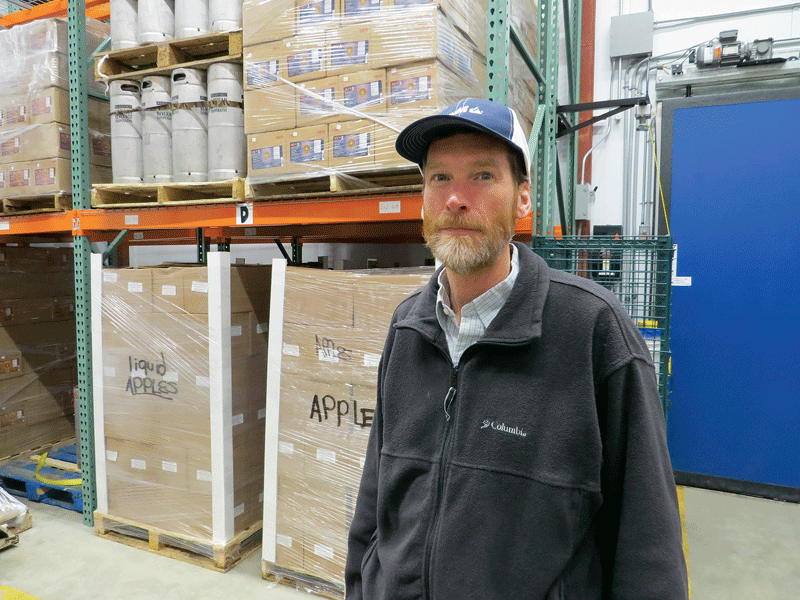

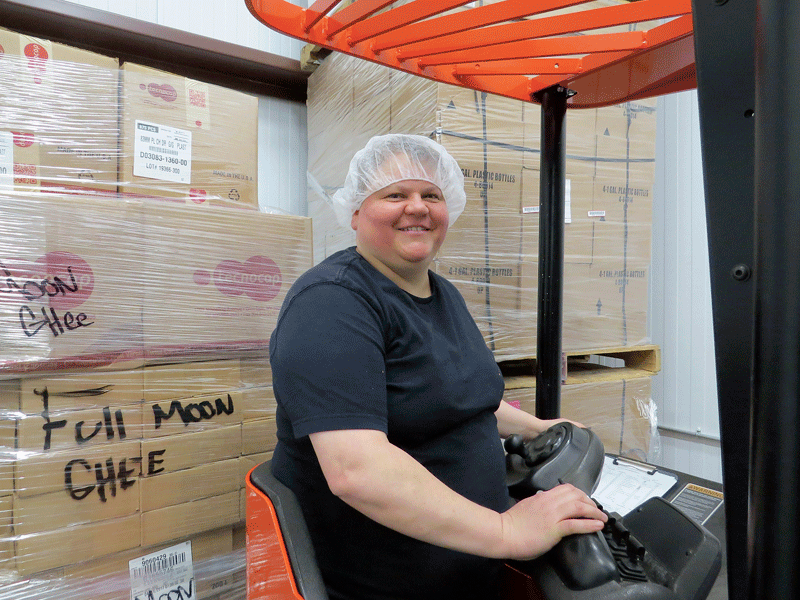
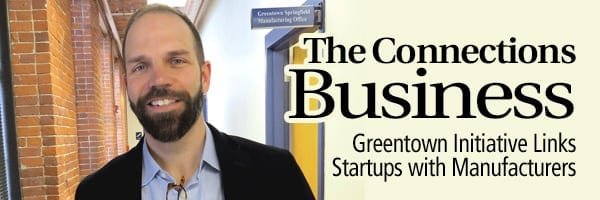

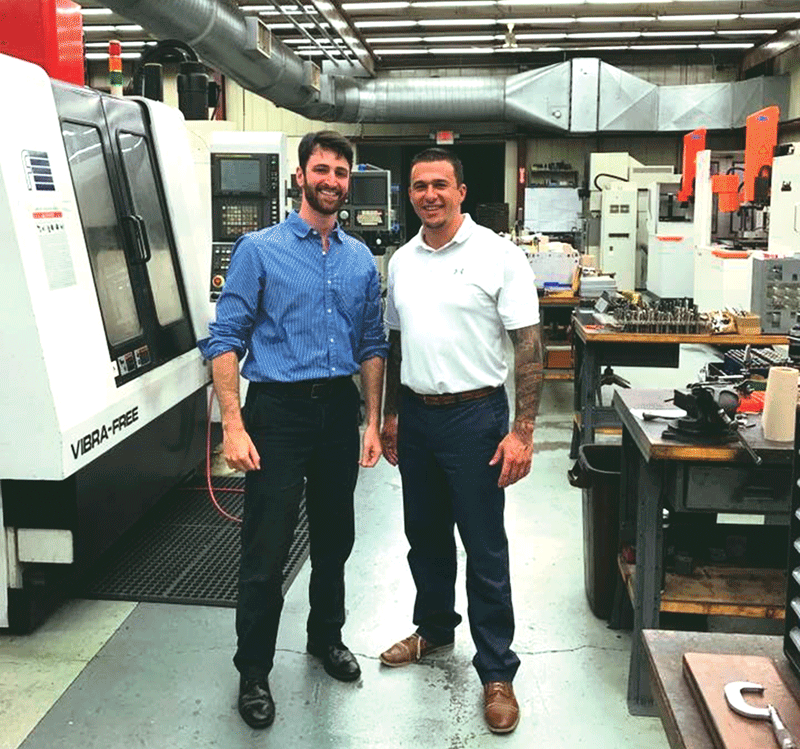
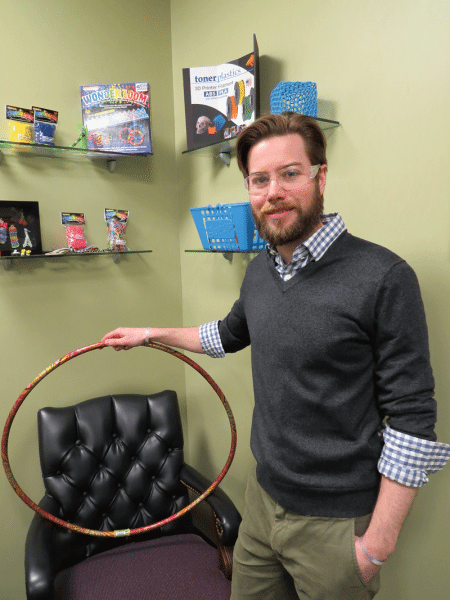
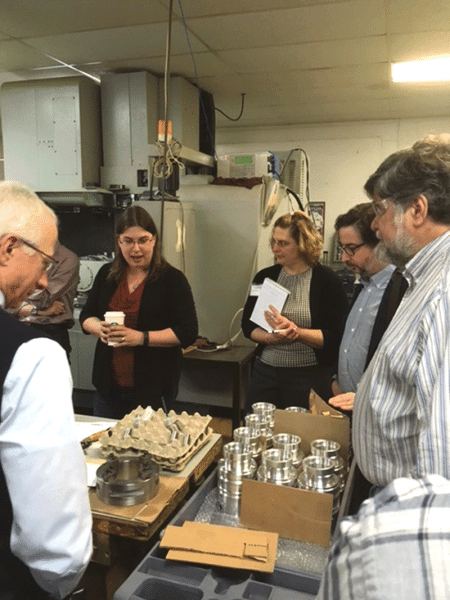
 The ideas home buyers — and those looking to renovate — bring to the table can morph over time, and a few trends, including an emphasis on open floor plans and sustainable living, not to mention natural surfaces and unobtrusive, smart technology, have come to dominate today’s residential-design world. And when the end result matches the initial vision, well, that’s when a house truly becomes a home.
The ideas home buyers — and those looking to renovate — bring to the table can morph over time, and a few trends, including an emphasis on open floor plans and sustainable living, not to mention natural surfaces and unobtrusive, smart technology, have come to dominate today’s residential-design world. And when the end result matches the initial vision, well, that’s when a house truly becomes a home.
